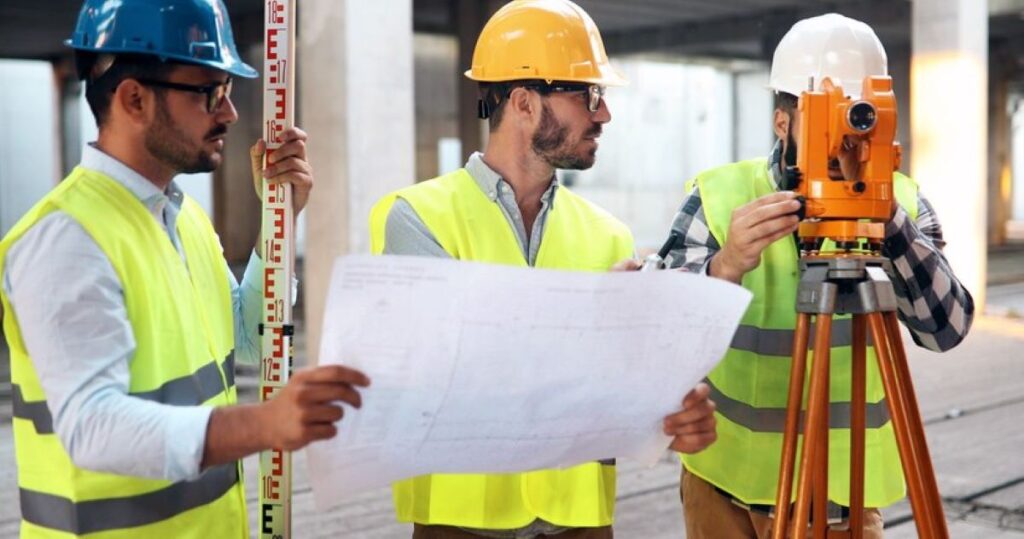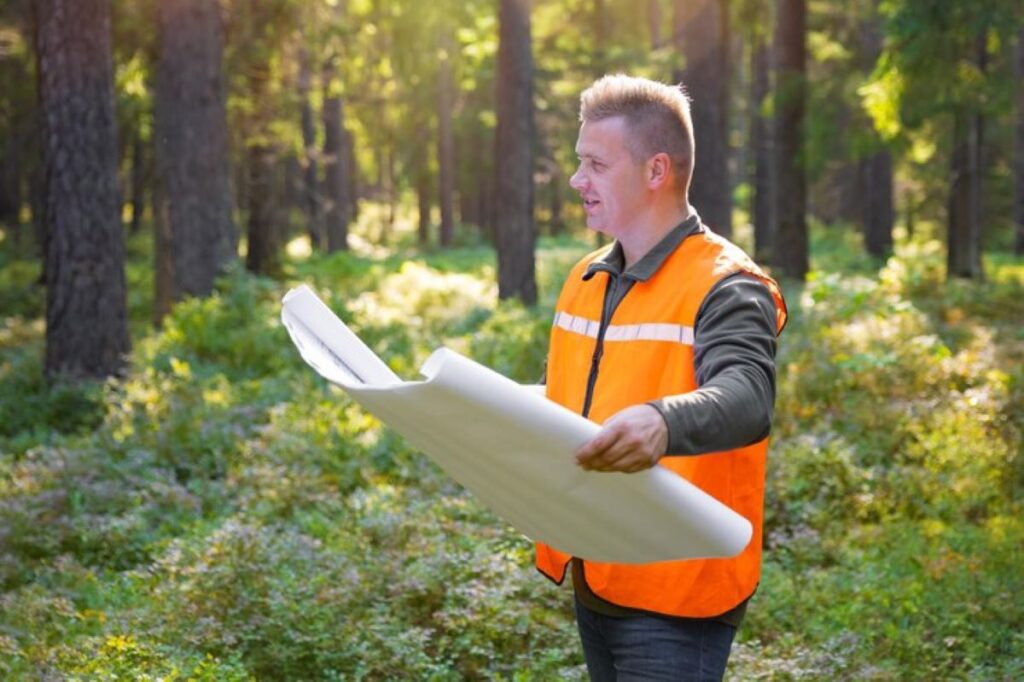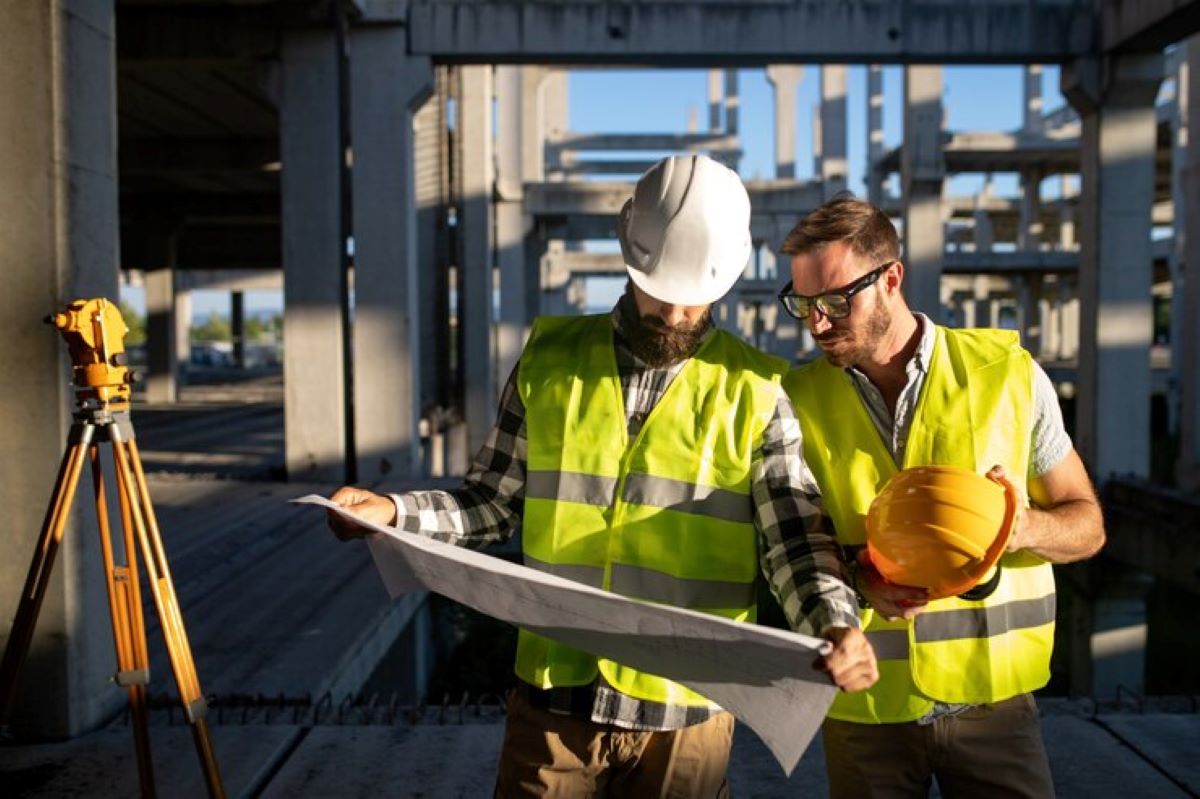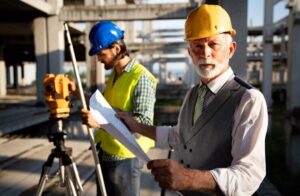In the ever-evolving world of construction, precision and accuracy are paramount. The process of construction surveying plays a crucial role in safeguarding projects against costly errors. By providing essential measurements, establishing boundaries, and facilitating proper planning, construction surveying ensures that each project stage is executed flawlessly, minimising unexpected expenses and delays. In this article, we will explore the various aspects of construction surveying, including its role, financial implications, processes, and future innovations.
Understanding the role of construction surveying
Construction surveying is fundamentally about obtaining accurate measurements and mapping out construction sites to ensure that structural plans align with real-world conditions. This practice is indispensable in all phases of construction, from initial site selection to final inspections. Undertaken by skilled professionals, construction survey goes beyond measuring land; it integrates various components such as topography, existing structures, and environmental factors. The integration of technology, such as GPS and 3D modelling, has further enhanced the precision and efficiency of surveying tasks, allowing for more complex projects to be executed with confidence.
The importance of accurate measurements in construction
Accurate measurements are foundational to successful construction projects. Even the slightest discrepancy can have significant repercussions, potentially leading to structural failures or delays in project completion. For instance, if a building is not constructed in line with the designated boundaries, it can encroach on neighbouring properties, resulting in costly legal disputes. Furthermore, inaccuracies can lead to increased material waste and labour costs, as rework becomes necessary to rectify mistakes. This not only impacts the budget but can also strain relationships among stakeholders involved in the project.
Moreover, precise measurements during the initial stages facilitate the optimal placement of foundations and support structures. Inaccuracies at this stage could translate to severe structural issues, compromising safety and functionality. Therefore, employing high-quality surveying techniques is critical for ensuring that all measurements are accurate and reliable. The advent of advanced surveying equipment, such as laser scanning and drones, has revolutionised the field, providing surveyors with tools that capture data with unparalleled accuracy and speed, ultimately leading to more informed decision-making throughout the construction process.
The role of a construction surveyor
A construction surveyor is a trained professional responsible for gathering and interpreting site data. Their expertise encompasses a broad range of activities, including land surveys, boundary determinations, and the establishment of project control points. They work closely with architects, engineers, and contractors to provide vital information that informs design decisions and construction methodologies. The collaborative nature of their role ensures that all parties are aligned and that potential challenges are identified early in the project lifecycle.
In addition to technical skills, construction surveyors possess a keen understanding of construction regulations and zoning laws, ensuring that projects comply with legal requirements. This comprehensive knowledge allows them to flag potential issues before they escalate, which is vital in preventing costly errors that can arise from non-compliance. Moreover, their role often extends to liaising with local authorities and stakeholders, ensuring that all necessary permits and approvals are obtained in a timely manner. This aspect of their work is crucial, as it helps to mitigate delays and keeps the project on track, allowing for a smoother construction process overall.
The link between construction surveying and cost management
Cost management is a critical concern in construction, and effective surveying can significantly contribute to controlling expenses. By identifying potential issues during the surveying phase, stakeholders can make necessary adjustments before construction begins, thereby saving both time and money.
How surveying can identify potential issues early
One of the most significant advantages of construction surveying is its ability to highlight potential problems early in the project lifecycle. For instance, surveys can reveal land instability, site contamination, or existing infrastructure that could hinder construction efforts. By addressing these findings proactively, project teams can develop strategies to mitigate risks without incurring excessive costs.
Furthermore, early identification of issues allows for better resource allocation and planning. When stakeholders understand the challenges posed by a site, they can adjust their approaches to fit the specific needs of the project, ensuring that everything is in place for smooth execution. This foresight not only enhances efficiency but also fosters collaboration among various teams, as everyone is better informed about the potential hurdles they may face. By working together from the outset, teams can devise innovative solutions that minimise disruption and optimise the use of materials and labour.

The financial implications of construction errors
Errors in construction can lead to substantial financial repercussions. The costs of rectifying mistakes can be exorbitant, often exceeding initial project budgets. These expenses arise not only from direct costs associated with repairs but also from delays that can disrupt schedules and lead to lost revenue for contractors.
Moreover, overlooked errors can result in long-term damage, such as structural problems that require extensive renovations years down the line. Therefore, investing in comprehensive surveying is a proactive approach to preventing these costly mistakes and ensuring the overall success of construction projects. The financial burden of errors can extend beyond immediate repairs; it can also affect a company’s reputation, leading to a loss of future contracts and diminished trust among clients. By prioritising thorough surveying practices, construction firms can safeguard their financial health and maintain a competitive edge in an industry where precision and reliability are paramount.
The process of construction surveying
The construction surveying process involves several stages, each designed to provide a solid foundation for project success. These stages are characterised by meticulous planning, precise execution, and rigorous analysis.
Key stages in a construction survey
The initial stage of a construction survey typically involves a site visit and a thorough analysis of the project requirements. Surveyors gather data on the land, including topographical features and existing structures, to create a detailed site plan. Following this, establishing control points becomes necessary to facilitate the accurate transference of measurements throughout the construction process.
Once the control points are established, surveyors conduct various surveys, including boundary, topographic, and layout surveys. Each survey serves a specific purpose, contributing to a comprehensive understanding of the site and the parameters within which construction should take place. For instance, boundary surveys are crucial for determining property lines and ensuring that construction does not encroach upon neighbouring land, which can prevent potential legal disputes. Meanwhile, topographic surveys provide vital information about the elevation and contours of the land, which is essential for effective drainage planning and foundation design.
The tools and technology used in construction surveying
Modern construction surveying relies heavily on advanced tools and technologies. Traditional instruments like the theodolite and measuring tape have evolved into sophisticated equipment such as total stations, GPS units, and laser scanning devices. These tools enable surveyors to collect data with unparalleled precision and speed.
In addition, software applications for Geographic Information Systems (GIS) and Building Information Modelling (BIM) have transformed data management and analysis. By integrating various datasets, these applications provide powerful visualisations that help project teams make informed decisions throughout the construction process. The use of drones for aerial surveys has also gained popularity, allowing surveyors to capture extensive areas quickly and efficiently. This technology not only enhances the accuracy of the data collected but also provides a unique perspective on the site that can be invaluable for both planning and presentation purposes. Furthermore, the integration of augmented reality (AR) into surveying practices is beginning to offer exciting possibilities, enabling teams to overlay digital information onto the physical site, thereby improving collaboration and understanding among stakeholders.
The future of construction surveying
The construction industry is on the brink of significant transformation, and surveying is no exception. As innovations continue to emerge, the methods and technologies used in surveying are becoming increasingly sophisticated, paving the way for enhanced efficiency and accuracy.
Innovations in construction surveying technology
Recent advancements in technology, such as drone surveying and photogrammetry, have revolutionised the way surveyors operate. Drones equipped with high-resolution cameras can quickly capture vast areas of land, providing precise topographic data without the need for extensive manual surveying efforts.
Additionally, the integration of artificial intelligence (AI) and machine learning in surveying processes allows for the automated analysis of data, enabling surveyors to make decisions faster and with greater accuracy. These innovations not only streamline the survey process but also enhance the quality of outcomes, ultimately benefiting construction projects.
Moreover, the utilisation of 3D laser scanning technology has emerged as a game-changer in the field. This method captures millions of data points in a matter of minutes, creating highly detailed 3D models of existing structures or landscapes. Such precision is invaluable for renovation projects, where understanding the existing conditions is crucial for successful outcomes. The ability to visualise these models in real-time can significantly reduce discrepancies during the construction phase, ensuring that projects remain on schedule and within budget.

The impact of digital transformation on construction surveying
Digital transformation is reshaping the construction landscape, and surveying is at the forefront of this change. The rise of cloud computing has enabled surveyors to store and share vast amounts of data seamlessly, improving collaboration among project teams.
Furthermore, the adoption of virtual and augmented reality in surveying has opened up new avenues for visualising projects before they are physically constructed. This capability facilitates better communication of design concepts and potential issues, allowing for a more informed decision-making process and ultimately enhancing project outcomes.
In addition to these advancements, the implementation of Building Information Modelling (BIM) has become increasingly prevalent in construction surveying. BIM allows for the integration of various data sources into a single, coherent model, providing a comprehensive overview of the project. This not only aids in visualisation but also enhances coordination among different disciplines, reducing the likelihood of errors and miscommunication. As surveyors contribute to the BIM process, they can ensure that the data they provide is accurate and up-to-date, further supporting the overall efficiency of construction projects.
In conclusion, construction surveying is an essential component of successful project delivery. By ensuring accurate measurements, identifying potential issues early, and leveraging advanced technology, construction surveying helps to prevent costly errors, safeguarding both projects and budgets. As the industry continues to evolve, embracing innovations in surveying technology will be key to maintaining efficiency and enhancing overall project success.
Related : Why Construction Projects Require Expert Surveying Solutions


